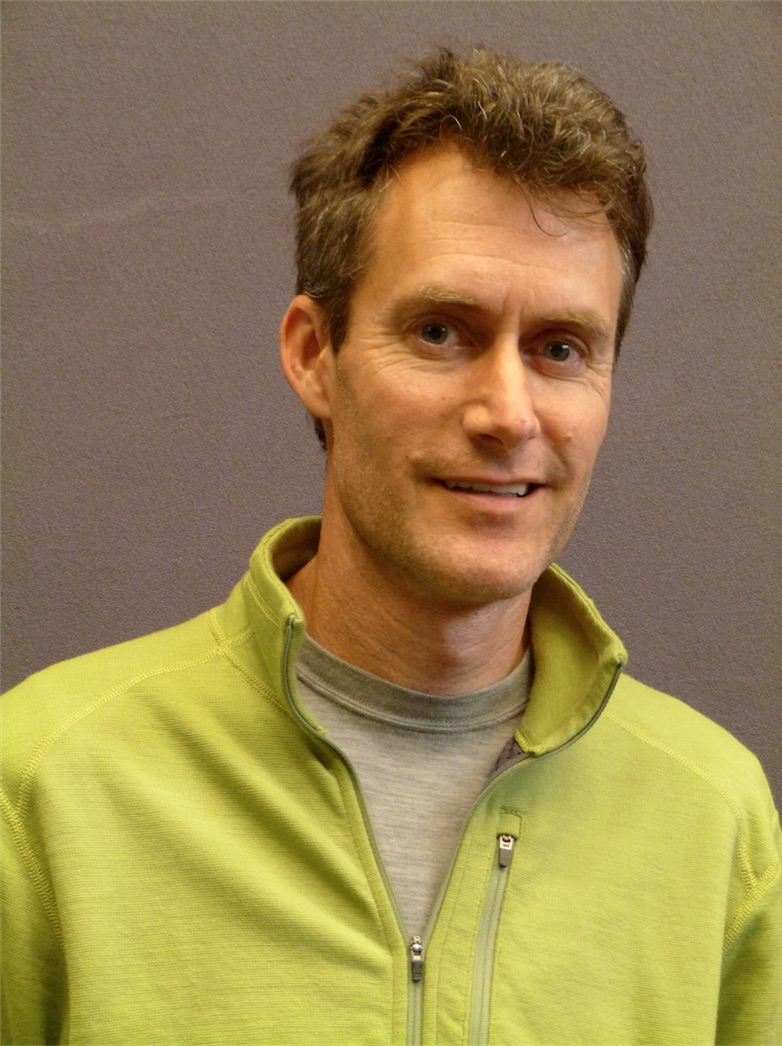Greg Laughlin Named Kavli Lecturer for January 2019 Meeting

Richard Fienberg AAS Solar Eclipse Task Force
This post is adapted from a AAS press release:
 With support from the Kavli Foundation, the Vice-Presidents of the American Astronomical Society (AAS) name a special invited lecturer to kick off each semiannual AAS meeting with a presentation on recent research of great importance. At the 233rd AAS meeting in Seattle, Washington, on 7 January 2019, the Kavli Foundation Plenary Lecture, “A Color Out of Space: ‘Oumuamua’s Brief and Mysterious Visit to the Solar System,” will be given by Gregory P. Laughlin (Yale University). Along with his Yale colleague Darryl Seligman and Konstantin Batygin (Caltech), Laughlin has explored what the detection of the first confirmed interstellar small body (asteroid? comet?) tells us about planet formation and has described how we might discover and characterize additional such objects.
With support from the Kavli Foundation, the Vice-Presidents of the American Astronomical Society (AAS) name a special invited lecturer to kick off each semiannual AAS meeting with a presentation on recent research of great importance. At the 233rd AAS meeting in Seattle, Washington, on 7 January 2019, the Kavli Foundation Plenary Lecture, “A Color Out of Space: ‘Oumuamua’s Brief and Mysterious Visit to the Solar System,” will be given by Gregory P. Laughlin (Yale University). Along with his Yale colleague Darryl Seligman and Konstantin Batygin (Caltech), Laughlin has explored what the detection of the first confirmed interstellar small body (asteroid? comet?) tells us about planet formation and has described how we might discover and characterize additional such objects.
Laughlin is best known for his work on the detection and characterization of exoplanets. He has been involved in the Lick-Carnegie Exoplanet Survey using the Keck telescopes on Maunakea in Hawaii and has helped facilitate the participation of amateur astronomers and citizen scientists in exoplanet hunting via the Systemic and Transitsearch projects. Laughlin specializes in computational modeling of planet formation and evolution and the comparison of simulations with observations. He is coauthor with Peter Bodenheimer, Michal Rozyczka, and Hal Yorke of the textbook Numerical Methods in Astrophysics: An Introduction (Taylor and Francis, 2007). With Fred C. Adams (University of Michigan), he has contemplated the far future of the universe by extrapolating from our current scientific understanding, as described in their popular book The Five Ages of the Universe: Inside the Physics of Eternity (Free Press, 2000).
Laughlin earned his bachelor’s degree in physics (1988) at the University of Illinois and his doctorate in astronomy and astrophysics (1994) from the University of California, Santa Cruz (UCSC). After stints at the National Astronomical Observatory of Japan; the University of Michigan; the University of California, Berkeley; and NASA’s Ames Research Center, he returned to UCSC in 2001 to join the faculty. He moved to Yale in 2016.
[Photo credit: Drew Dettweiler]

